43 sugars in food labels
Sneaky Terms for Sugar on Food Labels - True Citrus Understanding how to translate the information on food labels can be challenging. Nutrition information can be confusing, and the list of ingredients can be worded in different ways to purposefully mislead you about how healthy (or unhealthy) the product actually is. Sadly, food labels have become more of a marketing tool rather than a resource of helpful information about the product ... Finding the Hidden Sugar in the Foods You Eat - Hopkins Medicine The nutrition facts label is required to inform you how much sugar is in a food. However, the label does not separate the amounts of naturally occurring sugar from added sugar, Gager explains. Sugar is found naturally in many nutritious foods, such as fruits and vegetables.
How To Spot Sugar On Food Labels | HUNGRY FOR CHANGE One of the easiest ways to recognize sugar on a food label is by recognizing the -ose suffix. When you find words that end in -ose, there's a good chance it is sugar. Sugars ending in -ose include: Sucrose, Maltose, Dextrose, Fructose, Glucose, Galactose, Lactose, High fructose corn syrup, Glucose solids
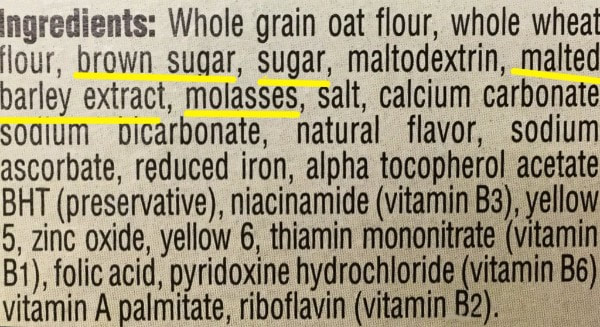
Sugars in food labels
The Hidden Sugars in Your Food Labels — Madison Mae Let's talk about the different names sugar hides itself as in processed foods. Food companies have many different ways of labeling it on packaging in order to deceive consumers. Here are the common terms to look for: Fruit Concentrates You may see fruit on the label and think, oh good! It's natural. Wrong. Added Sugars on the New Nutrition Facts Label | FDA - U.S. Food and ... The new Nutrition Facts label can help you compare and choose foods that are lower in added sugars. Check the label to see if foods are LOW or HIGH in added sugars. 5% DV or less is a LOW source of... Sugar labelling - Food Standards Total sugars includes sugar that is naturally present in the food and sugar that has been added as an ingredient. The Code contains requirements for foods that make claims about sugar. For example, foods that claim to be 'low sugar' cannot contain more than 2.5 g of sugar per 100 mL of liquid food or 5g per 100g of solid food.
Sugars in food labels. Sugars on food labels - Sugar Nutrition Resource Centre Sugars on food labels Carbohydrates are broadly classified into monosaccharides, disaccharides and polysaccharides FIND OUT MORE Monosaccharides and disaccharides are otherwise known as 'sugars' FIND OUT MORE Polys or sugar alcohols are naturally found in some fruits and used commercially in products such as chewing gum FIND OUT MORE Types of Sugar: 56 Common Ones You Should Know - Healthline The two most common varieties used in foods and beverages are: HFCS 55. This is the most common type of HFCS. It contains 55% fructose, nearly 45% glucose, and water. HFCS 42. This form contains ... Food labels - NHS Some front-of-pack nutrition labels use red, amber and green colour coding. Colour-coded nutritional information tells you at a glance if the food has high, medium or low amounts of fat, saturated fat, sugars and salt: red means high amber means medium green means low In short, the more green on the label, the healthier the choice. How To Read Food labels for Sugar | My Sugar Free Kitchen On the label check the sugars in the nutrition panel. 5g/ml or less of sugar per 100g/ml = this would count as low sugar content. It means 5% of the ingredients are sugar Between 5g/ml and 20g/ml of sugar per 100 grams = medium sugar content. With 20ml of sugar per 100 ml, this means the product is 20% sugar…not so good.
What to Know About Sugars on the Nutrition Facts Label The new FDA Nutrition Facts label presents information about sugars in two ways that are different from the original label. First, the amount of sugar found in one serving of a product is now displayed as "Total Sugars." This information was previously displayed on the original label as "Sugars." What are 10 names for added sugars on food labels? added sugars appear on food and drink labels under the following titles, according to the department of health and human services: anhydrous dextrose, brown sugar, cane crystals, cane sugar, corn sweetener, corn syrup, corn syrup solids, crystal dextrose, evaporated cane juice, fructose sweetener, fruit juice concentrates, high-fructose corn … Understanding sugar content on food labels - Diabetes Care Community Understanding sugar content on food labels is important, to ensure that you're consuming healthy amounts. Reading the ingredient lists and nutrition facts tables on packaged foods is a helpful way for you to check what kind, and how much, sugar a product has. Finding sugar content in the ingredients list Reading Food Labels | ADA - American Diabetes Association Put food labels to work. The Nutrition Facts labels on foods are really the key to making the best choices. We'll cover the basics so that these labels make shopping easier for you. You've heard it all. From carb-free to low-carb, to whole and empty carbs, it's hard to know what it all means. Blood sugar highs and lows aren't always ...
Guide to New Food Labels and Added Sugars | BestFoodFacts.org According to Dr. Fadi Aramouni, professor of food science at Kansas State University, manufacturers have until Jan. 1. 2020, to comply with the new labeling requirements. Manufacturers with less than $10 million in annual food sales will have an additional year. The new label means there will be more information available. Learning To Read Labels :: Diabetes Education Online On a nutrition food label, subtract the fiber from the total carbohydrate amount. When you read food labels, the grams of sugar are already included in the total carbohydrate amount, so you do not need to count this sugar amount separately. The grams of sugar listed include both natural sugars, from fruit or milk, and added sugars. FDA Looking at Nutrition Facts Labeling of Certain Sugars, Sweeteners Nathan Arnold. 301-796-6248. The following quote is attributed to Susan Mayne, Ph.D., director of FDA's Center for Food Safety and Applied Nutrition: " Last year the FDA stated that we intend ... What are other names for sugar found on food labels? The ingredients label on food products may not be what you think. While it is easy to assume that "sugar" is simply a word describing a white crystalline substance added to foods, there are multiple different types of sugars, each with a different function. For example, saccharose is a type of sugar that is the […]
Reading food labels: Tips if you have diabetes - Mayo Clinic Put sugar-free products in their place. Sugar-free doesn't mean carbohydrate-free. Sugar-free foods may play a role in your diabetes diet, but remember that it's equally important to consider carbohydrates as well. A sugar-free label means that one serving has less than 0.5 grams of sugar. When you're choosing between standard products and ...
Food Labels: Carbohydrates | Home & Garden Information Center The label can claim "no sugar added," yet the beverage or food can contain naturally occurring sugar from fructose in fruits or lactose in milk, as well as sugar in vegetables, cereals, grains, and legumes. Added sugars supply calories but little, if any, of the essential nutrients.
Understanding food labels - Action on Sugar Checking food labels allows you to compare brands, varieties and flavours of products and choose those that are lower in sugars. Adding up the amount of sugars in the products you eat throughout the day will give you an idea of the amount of sugars you are eating. Foods low in sugars have less than 5.0g /100g
Understanding food labels | Diabetes UK The labels show how many calories are in the food or drink and are also colour coded to show whether the food is low (green), medium (amber) or high (red) in fat, saturated fat, sugar and salt. The information on the front of the pack also tells you how the portion of the food contributes to the Reference Intake (RI) of an adult.
LABEL READING: CARBOHYDRATES AND SUGARS - Renaissance Nutrition Center ... On food labels, "sugar" also refers to sugar-based sweetening agents, such as high-fructose corn syrup and sucrose. These very sweet sugars are blends of fructose and glucose and do not naturally occur in foods and drinks. At this point, you cannot tell how much sugar the manufacturer has added; when the food labels change in 2018, there ...
Types of sugar to look for on food labels | Well+Good "So if the ingredients list reads: 'oats, apples, sugar,' it's made mostly with oats, then mostly with apples, and so on." As Glassman explains it, there are lots of names sugar can masquerade on...
Secret Sugars: The 56 Different Names for Sugar - Virta Health Solid or Granulated Sugars: Beet sugar Brown sugar Cane juice crystals Cane sugar Castor sugar Coconut sugar Confectioner's sugar (aka, powdered sugar) Corn syrup solids Crystalline fructose Date sugar Demerara sugar Dextrin Diastatic malt Ethyl maltol Florida crystals Golden sugar Glucose syrup solids Grape sugar Icing sugar Maltodextrin
Sugars: Using the food labels - Canada.ca sugars in the food by weight than any other ingredient; fancy molasses by weight than brown sugar or sugar; Changes to the food label . Learn more about food labelling changes, including improvements to the nutrition facts table and list of ingredients and the introduction of a front-of-package nutrition symbol. These changes will help make the ...
Food Labels | CDC - Centers for Disease Control and Prevention If you eat the whole thing, you are eating 8 times the amount of calories, carbs, fat, etc., shown on the label. Total Carbohydrate shows you types of carbs in the food, including sugar and fiber. Choose foods with more fiber, vitamins, and minerals. Choose foods with lower calories, saturated fat, sodium, and added sugars. Avoid trans fat.
5 ways to spot added sugars on food labels When reading the food labels, remember four grams of sugar is equal to one teaspoon. The American Heart Association recommends women consume no more than six teaspoons and men no more than nine teaspoons of sugar per day. 5. Read the label top to bottom Items on food labels are listed in order from largest to smallest quantity.
Sugar labelling - Food Standards Total sugars includes sugar that is naturally present in the food and sugar that has been added as an ingredient. The Code contains requirements for foods that make claims about sugar. For example, foods that claim to be 'low sugar' cannot contain more than 2.5 g of sugar per 100 mL of liquid food or 5g per 100g of solid food.
Added Sugars on the New Nutrition Facts Label | FDA - U.S. Food and ... The new Nutrition Facts label can help you compare and choose foods that are lower in added sugars. Check the label to see if foods are LOW or HIGH in added sugars. 5% DV or less is a LOW source of...
The Hidden Sugars in Your Food Labels — Madison Mae Let's talk about the different names sugar hides itself as in processed foods. Food companies have many different ways of labeling it on packaging in order to deceive consumers. Here are the common terms to look for: Fruit Concentrates You may see fruit on the label and think, oh good! It's natural. Wrong.
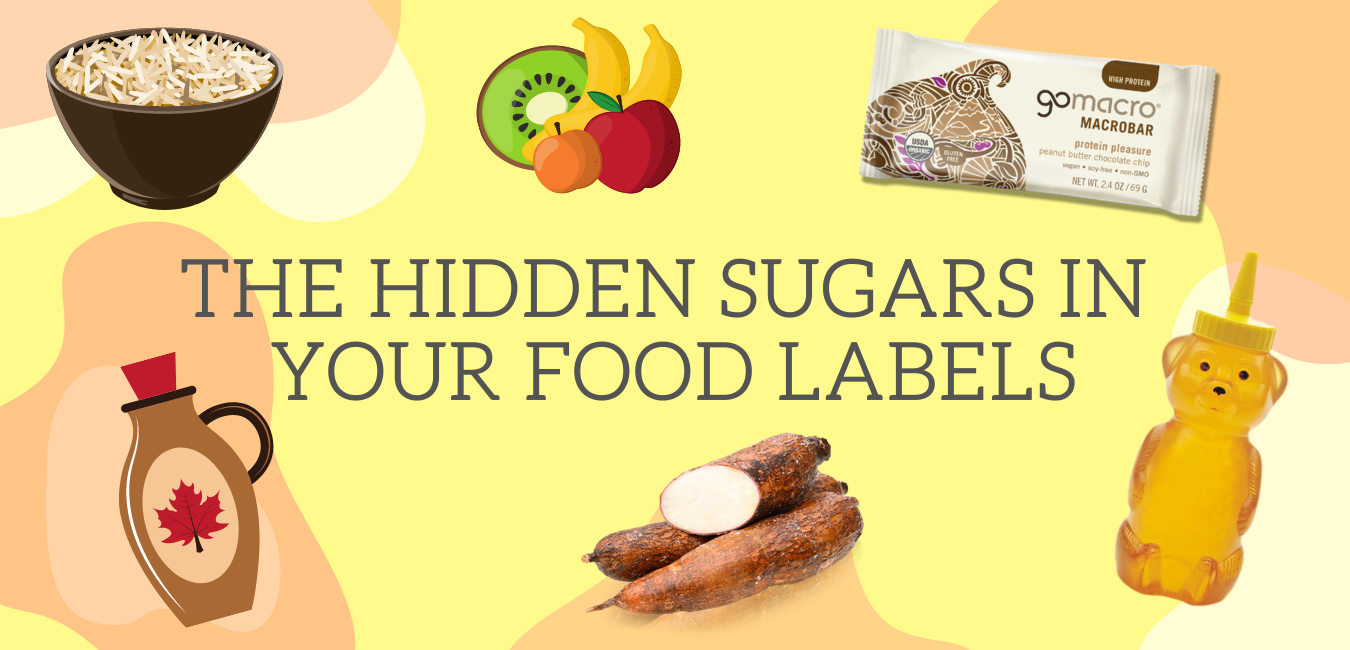
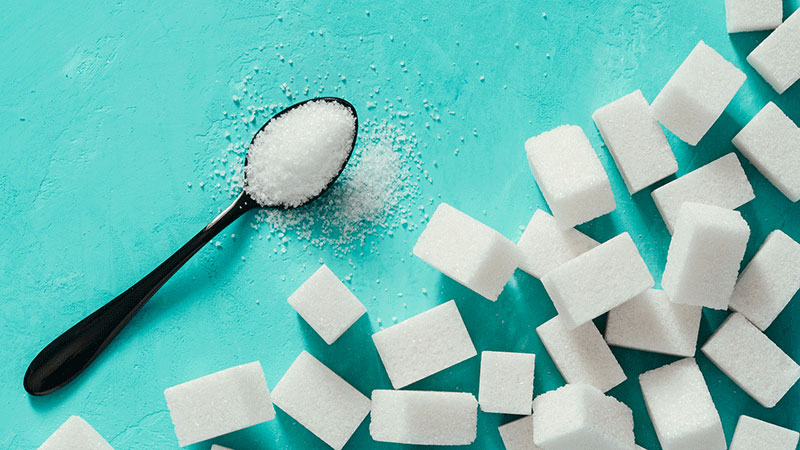
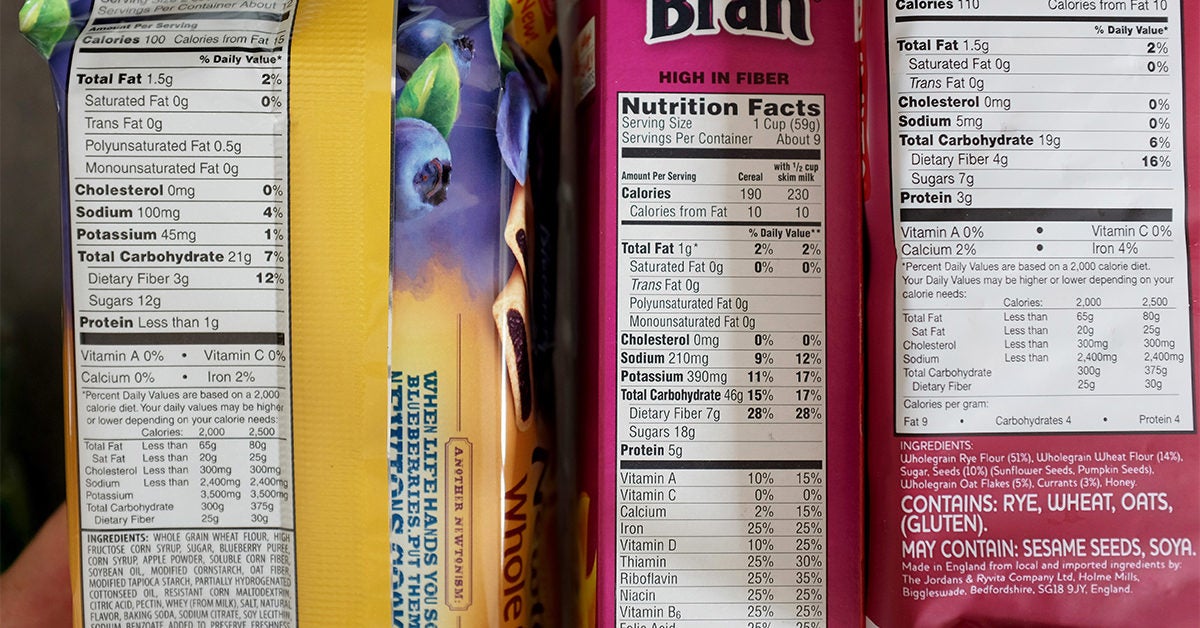
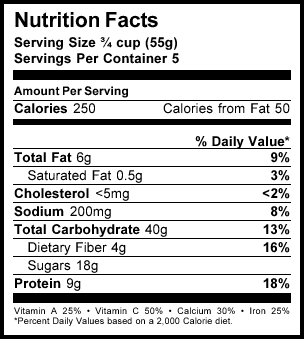

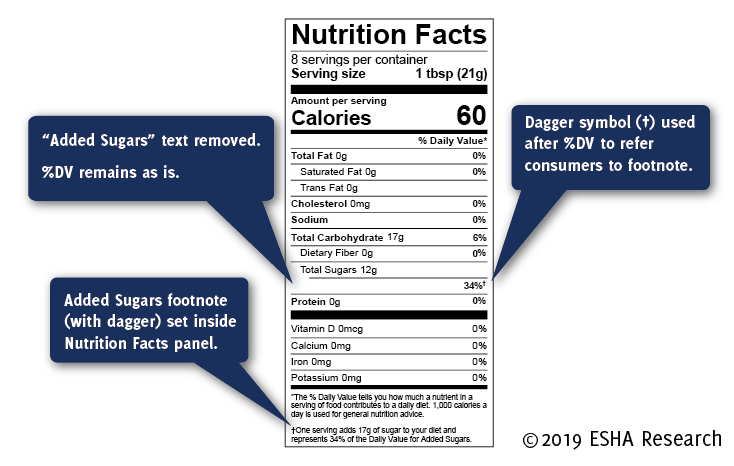

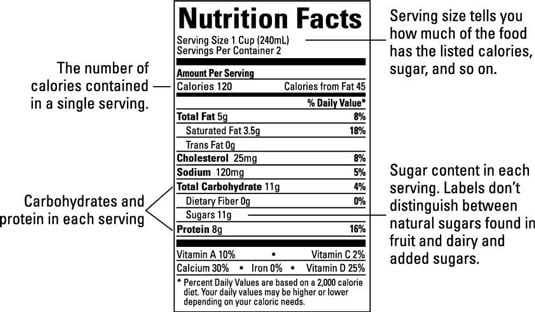
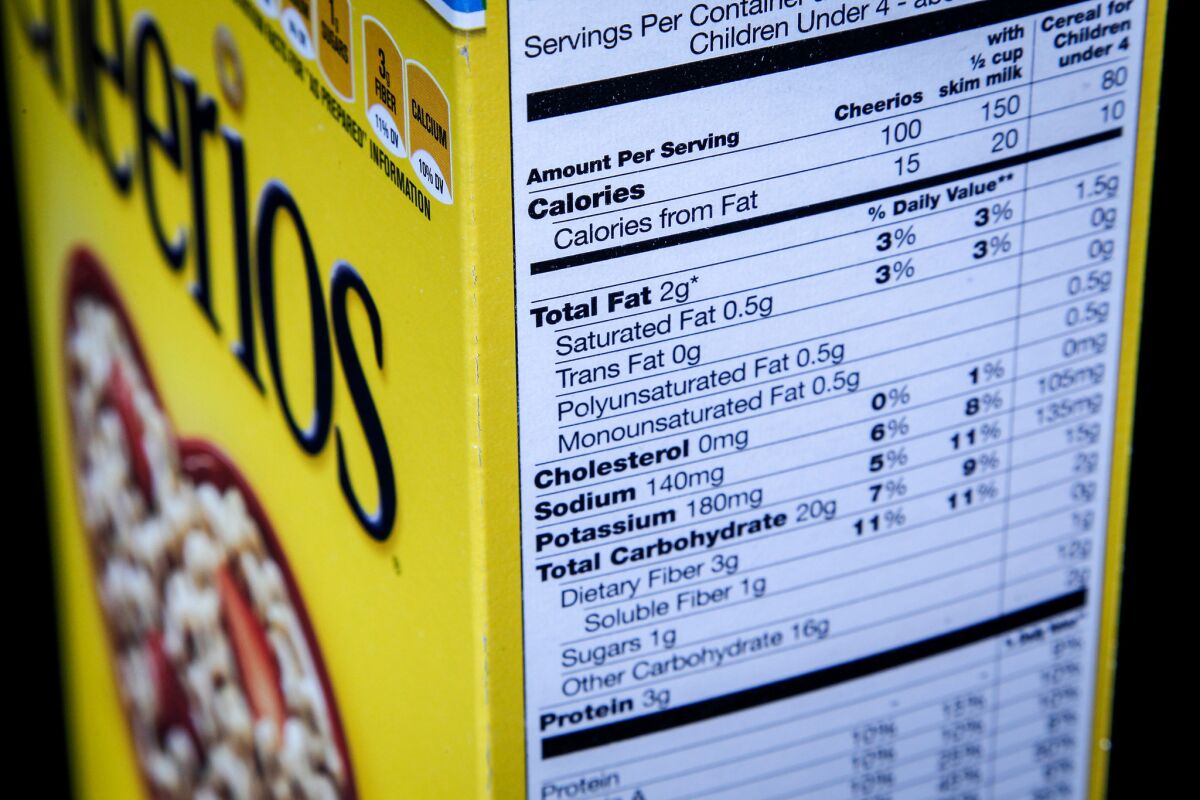

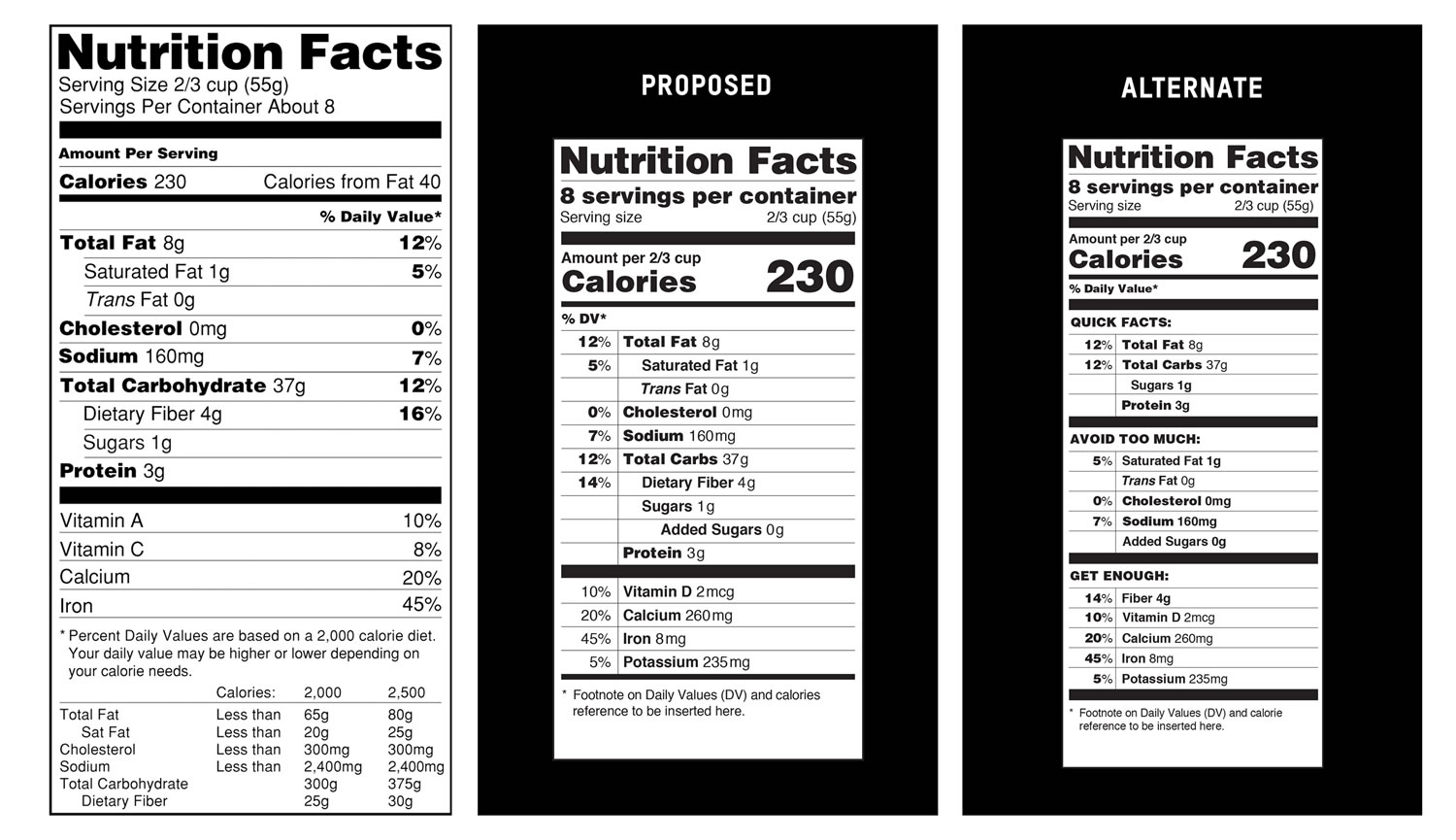
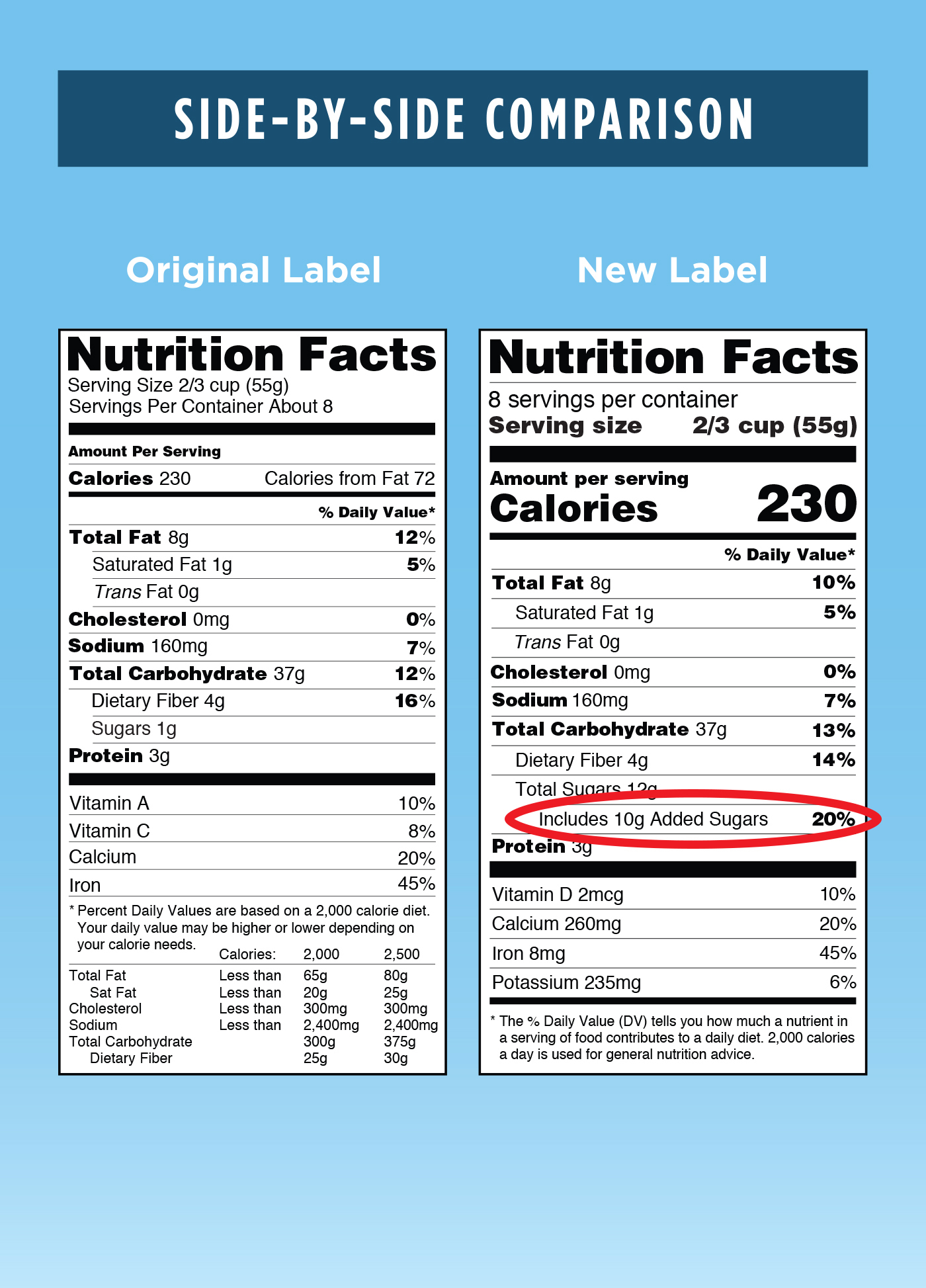




/cdn.vox-cdn.com/uploads/chorus_asset/file/6518801/Screen%20Shot%202016-05-20%20at%209.35.14%20AM.png)
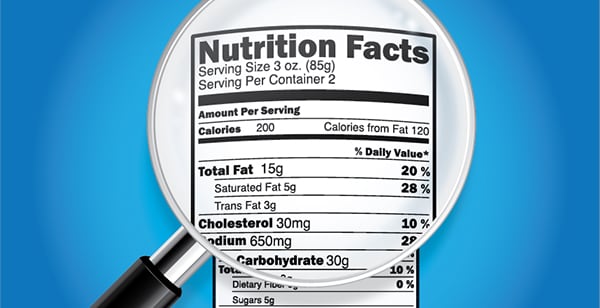
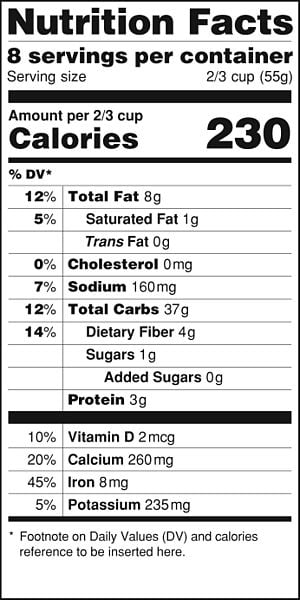

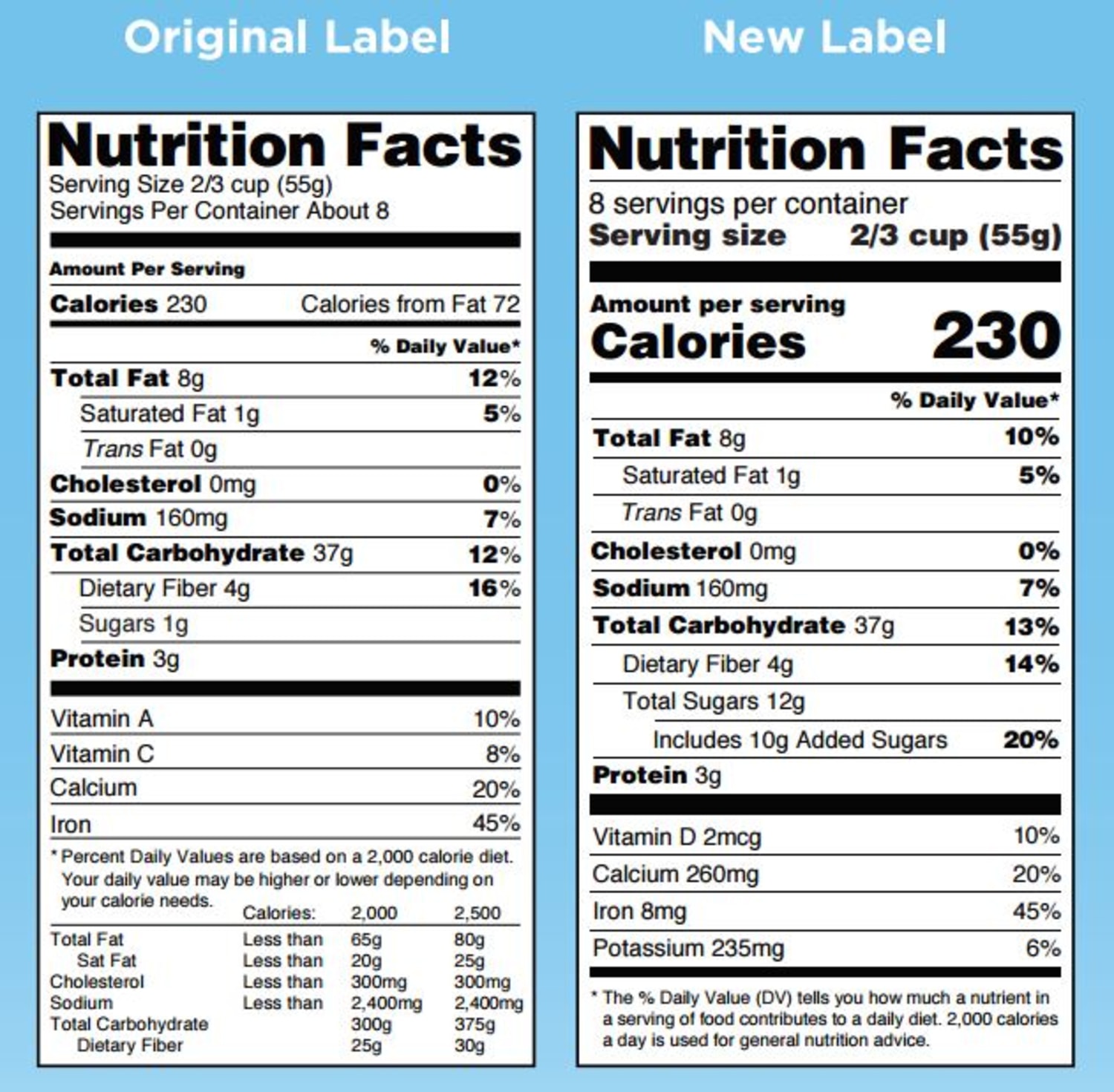

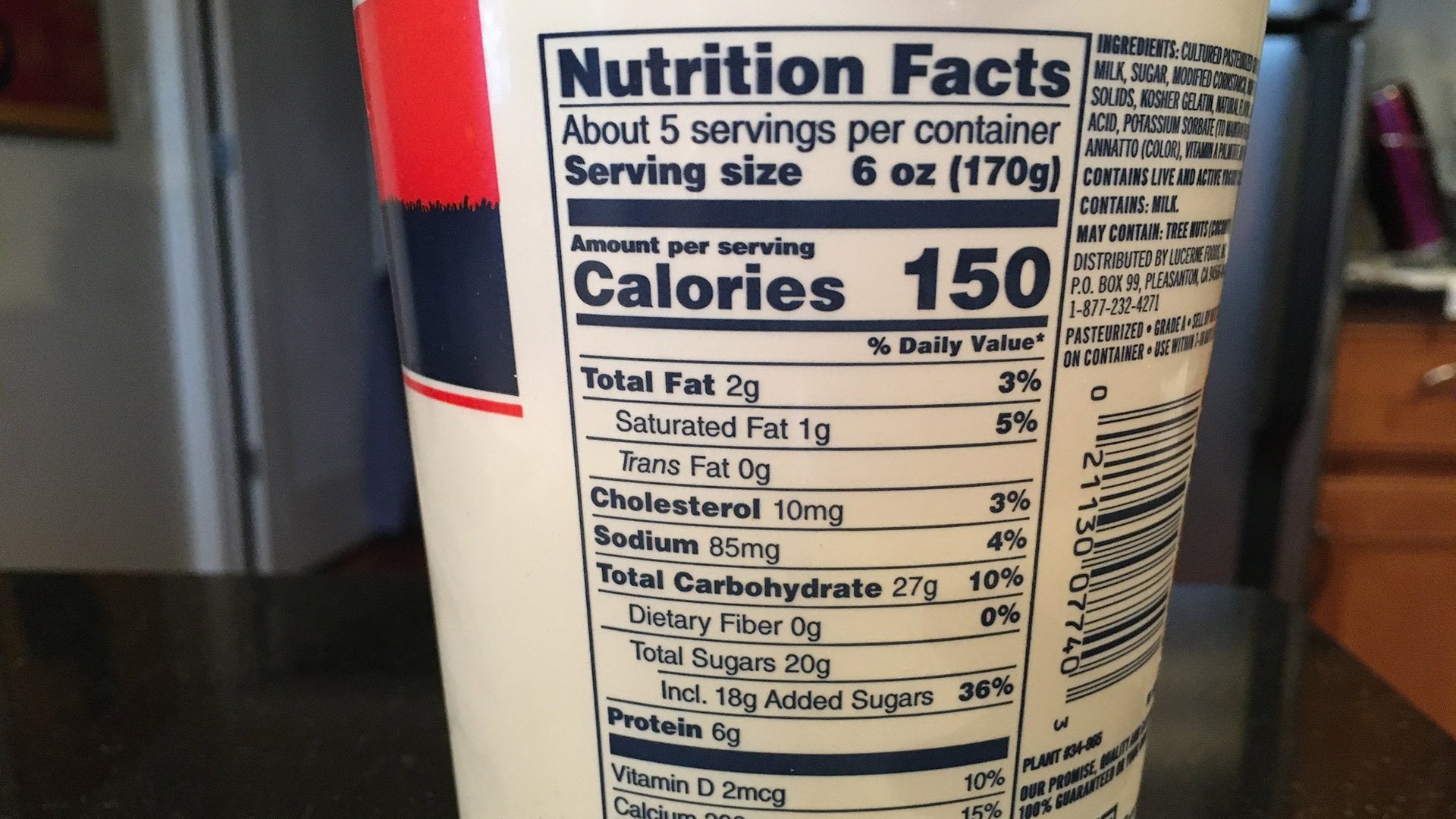


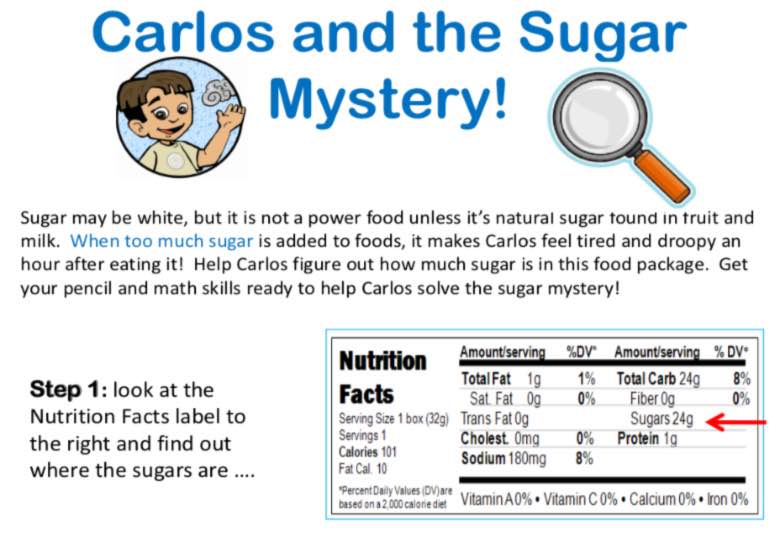
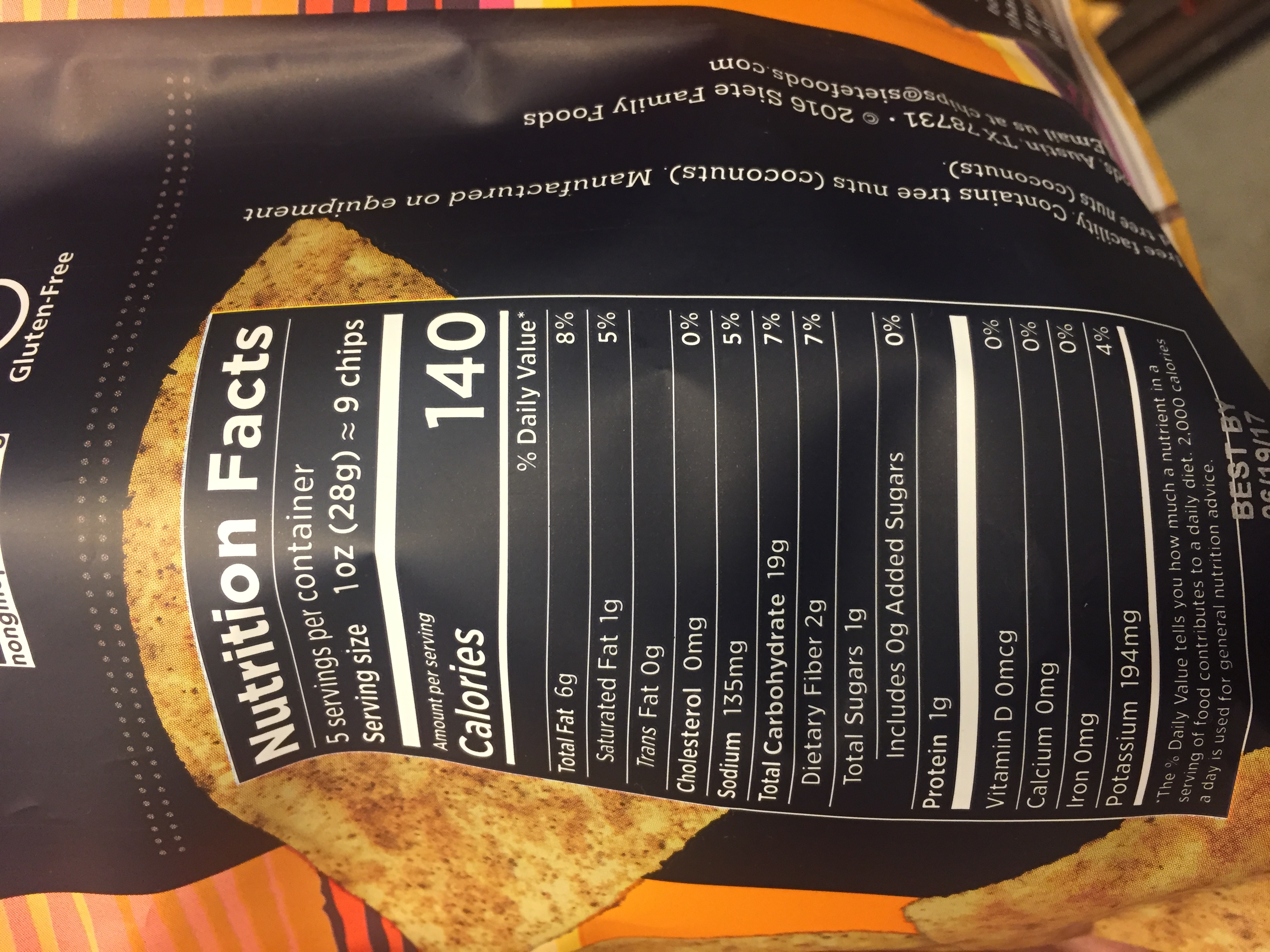
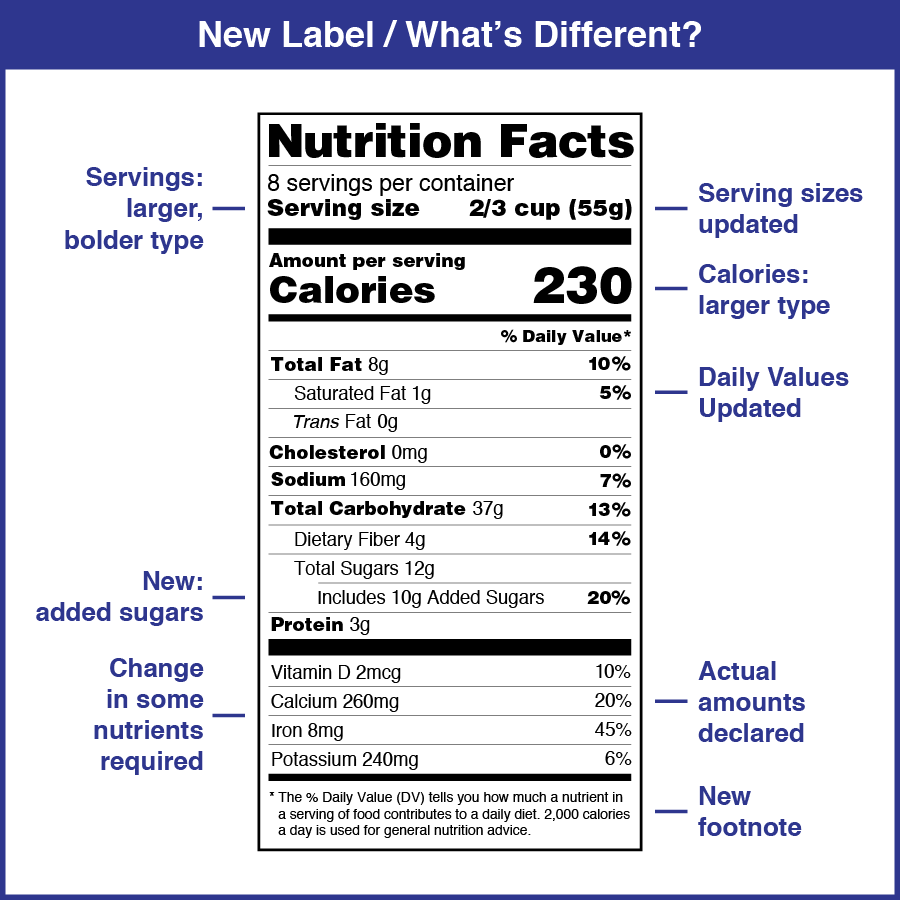


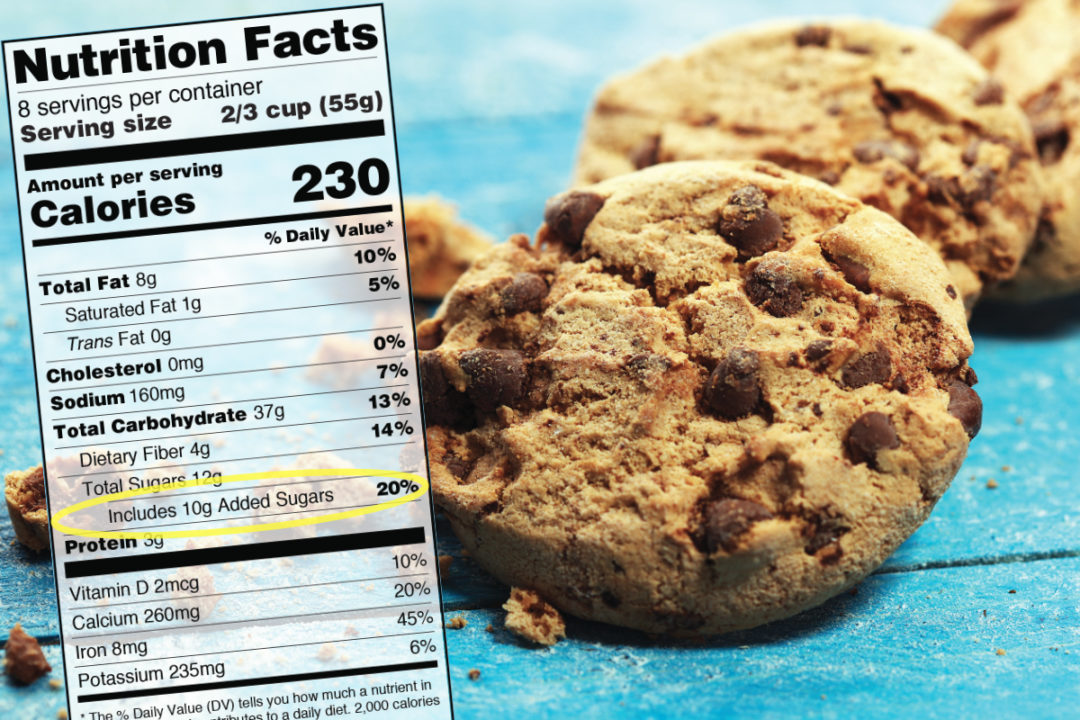

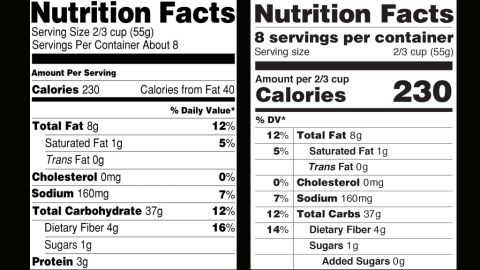

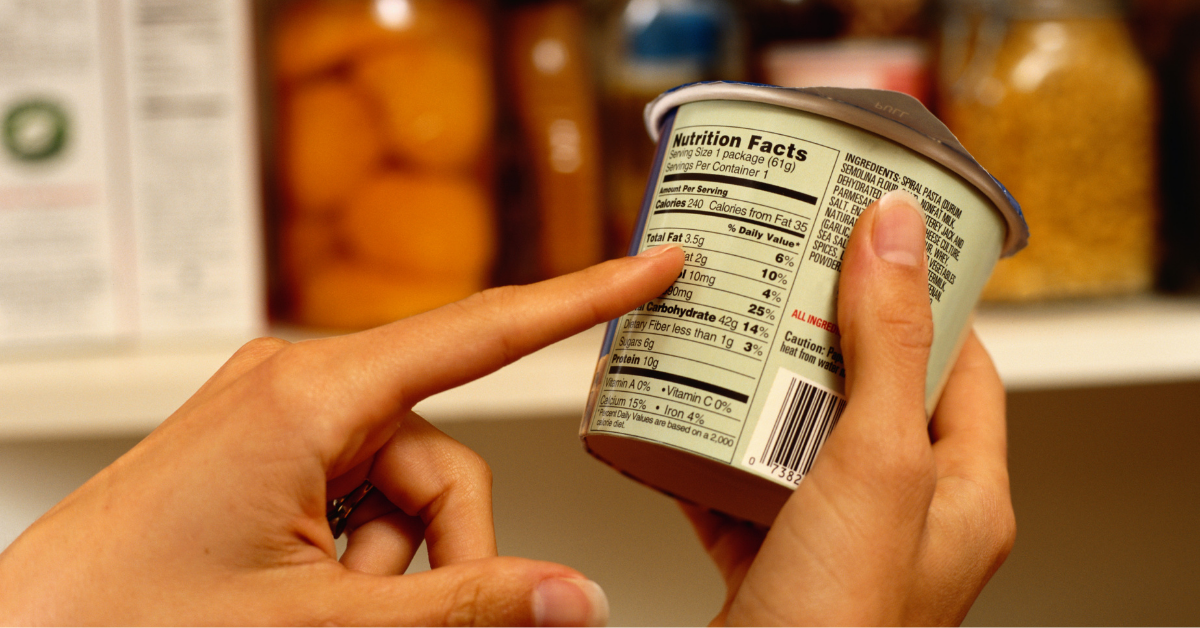



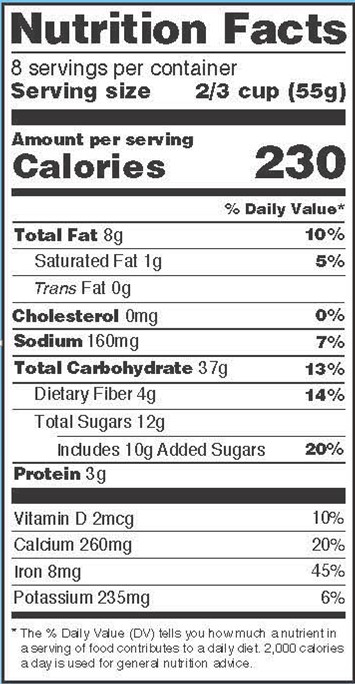
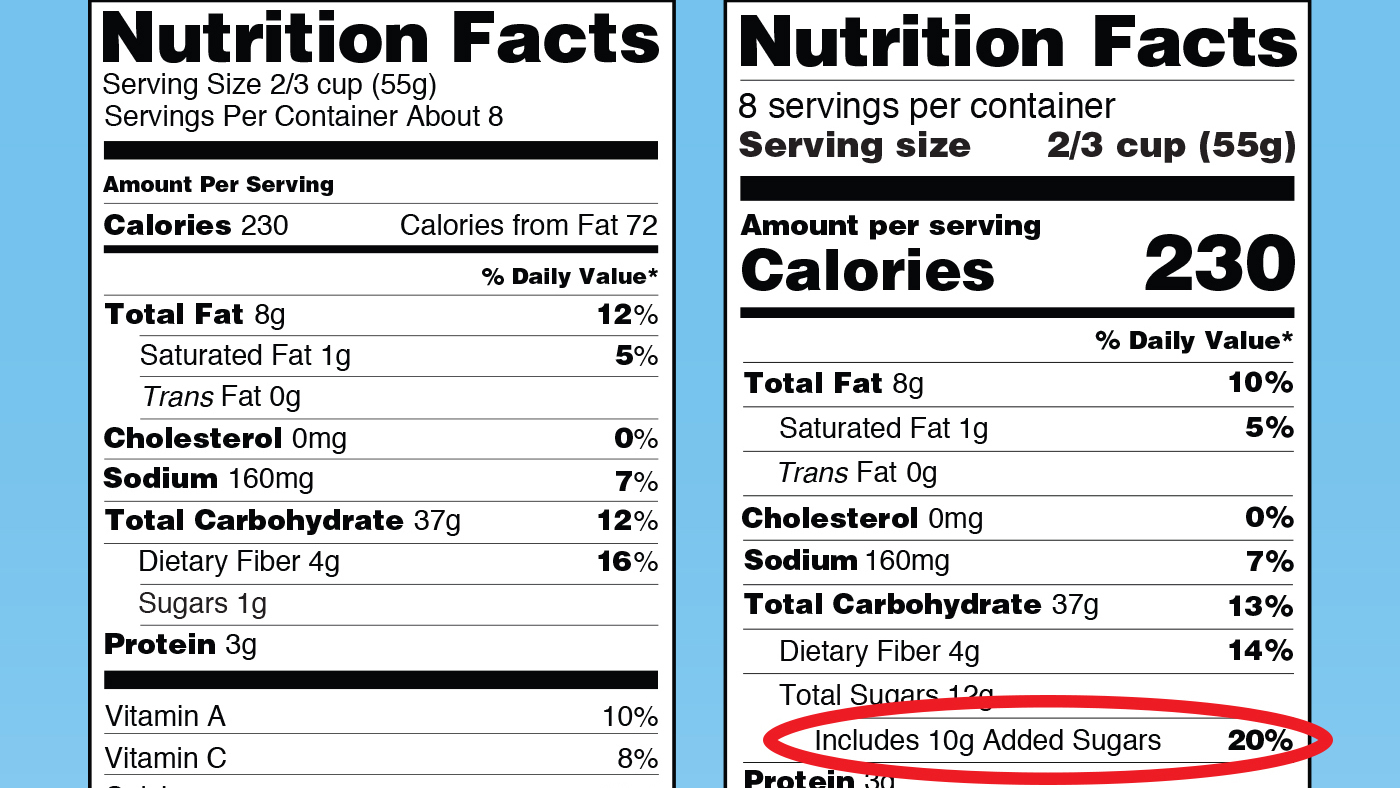
Post a Comment for "43 sugars in food labels"